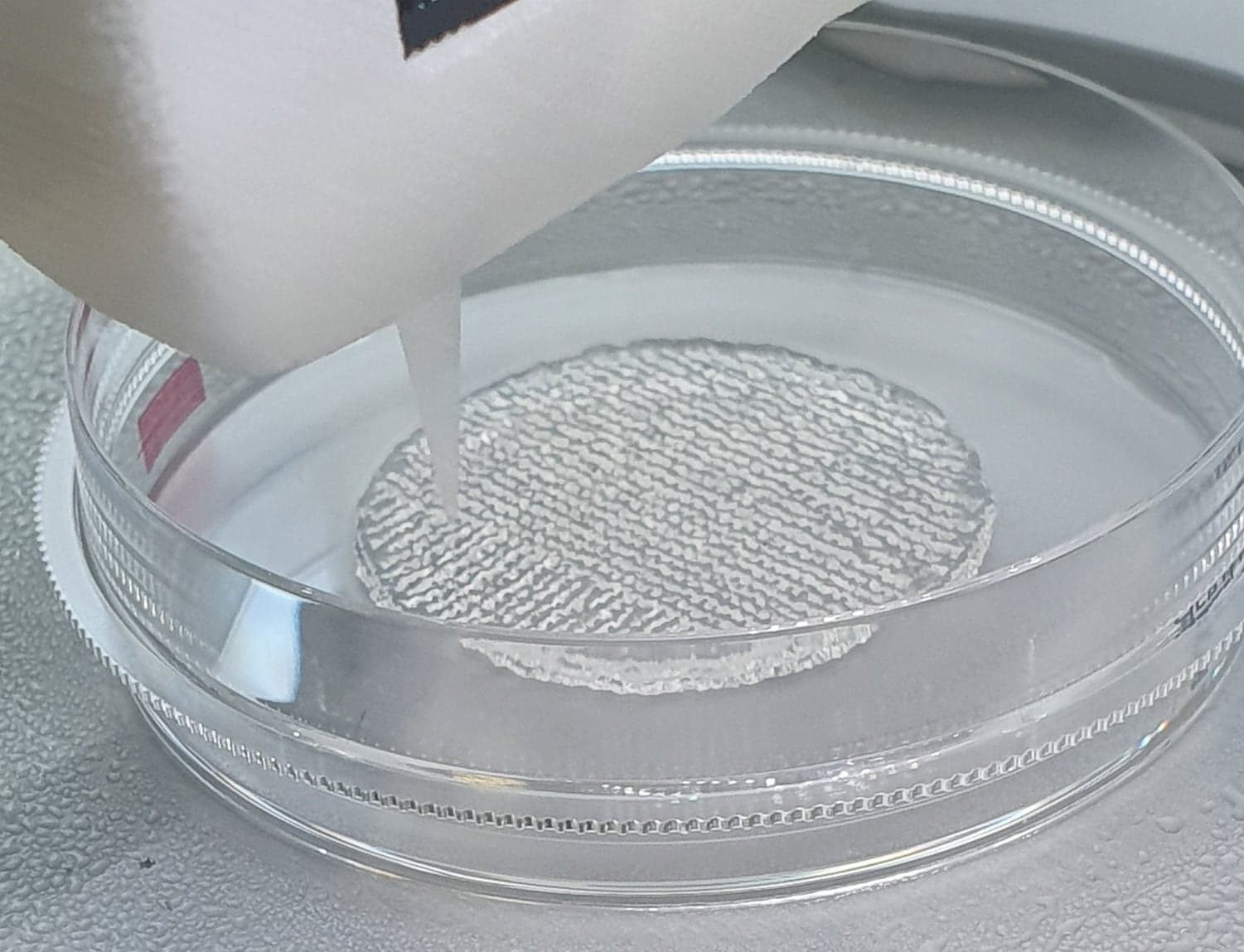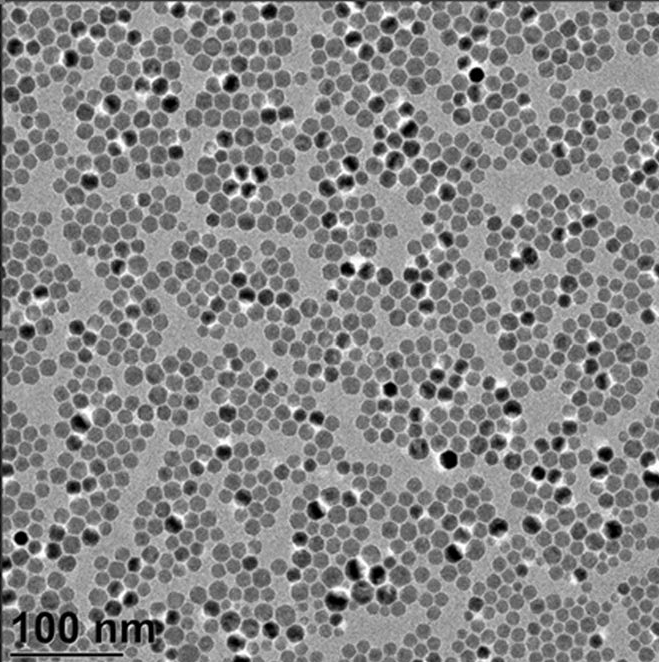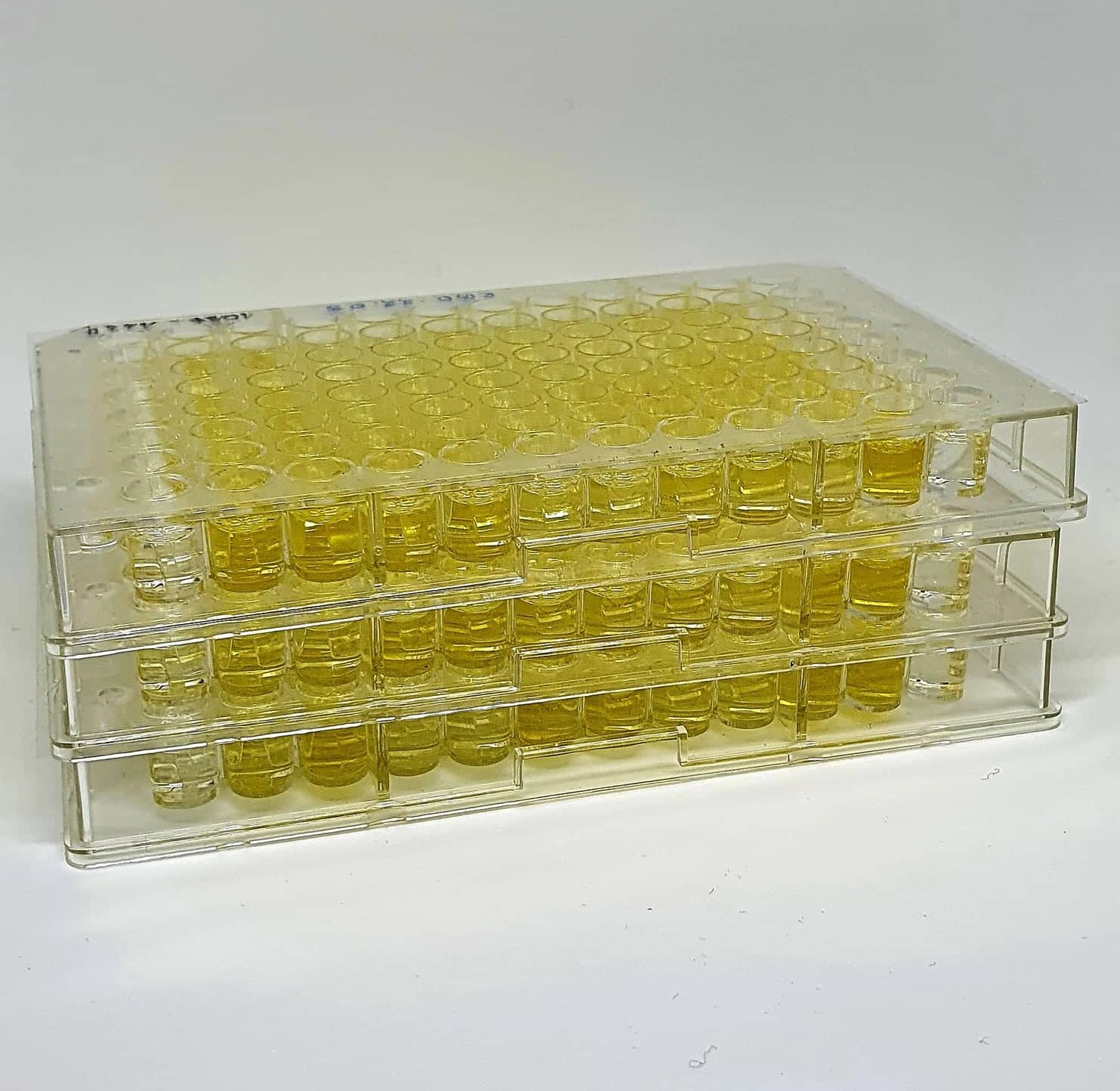3D bioprinting
Tissue engineering is combining the principles of engineering and the life sciences to develop artificial tissues and organs for clinical use. One of the promising technologies for commercial manufacturing tissue constructs is extrusion 3D bioprinting. This method is used in our laboratory for creation scaffold, especially for cartilage tissue engineering. These bioprinted cell-laden scaffolds aimed to promote and support new tissue formation by providing a suitable environment for cell migration, proliferation, differentiation, and ensure a proper ECM secretion. Our research focused on bioink formulation, bioprinting with cells and cell spheroids, and cell differentiation in bioprinted scaffold.



